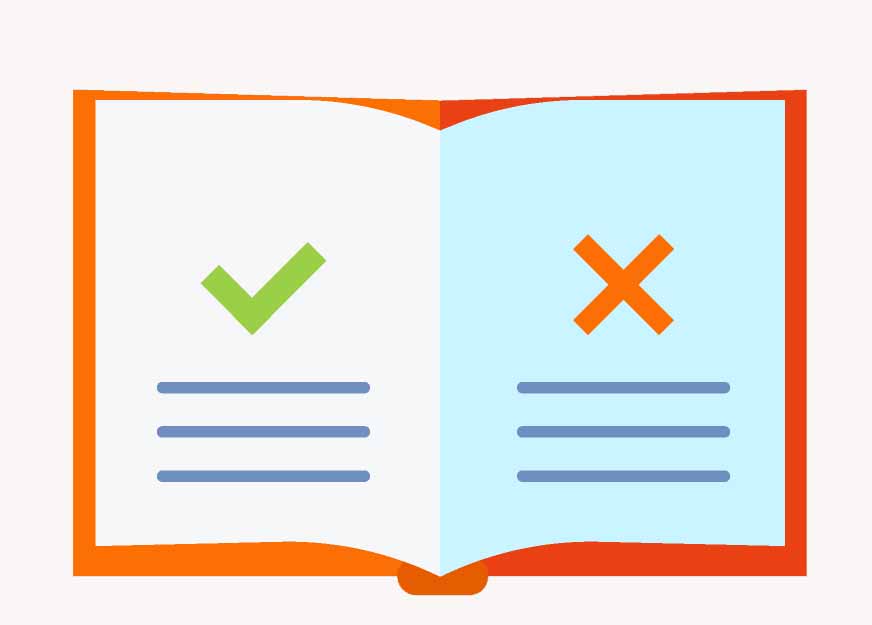Pengelompokan Daerah di Indonesia Berdasarkan Indikator Penetapan Daerah Tertinggal Menggunakan Model Based Clustering
Abstract
Keywords
Full Text:
PDFReferences
E. A. Sari, M. T. B. Saragih, I. A. Shariati, S. Sofyan, R. Al Baihaqi, and R. Nooraeni, “Klasifikasi kabupaten tertinggal di kawasan timur indonesia dengan support vector machine,” JIKO (Jurnal Informatika dan Komputer), vol. 3, no. 3, pp. 188–195, 2020.
Peraturan Presiden Republik Indonesia Nomor 63 Tahun 2020 Tentang Penetapan Daerah Tertinggal Tahun 2020-2024, 2020.
J. Han and M. Kamber, “Data mining: Concepts and techniques slides for textbook—chapter 7,” Intelligent Database Systems Research Lab School of Computing Science Simon Fraser University, Canada, October, vol. 15, 2011.
P. D. McNicholas, “Model-based clustering,” Journal of Classification, vol. 33, pp. 331–373, 2016.
A. Cozzini, A. Jasra, and G. Montana, “Model-based clustering with gene ranking using penalized mixtures of heavy-tailed distributions,” Journal of Bioinformatics and Computational Biology, vol. 11, no. 03, p. 1341007, 2013.
G. McLachlan, “Finite mixture models,” A wiley-interscience publication, 2000.
F. Damayanti, “Model based clustering mixture t-multivariat dengan kriteria integrated classification likelihood (pengelompokan provinsi di indonesia menurut capaian berkelanjutan tahun 2011),” Institut Teknologi Sepuluh Nopember.Surabaya, 2015.
P. J. Rousseeuw and K. V. Driessen, “A fast algorithm for the minimum covariance determinant estimator,” Technometrics, vol. 41, no. 3, pp. 212–223, 1999.
M. Agustini, “Model-based clustering dengan distribusi t multivariat menggunakan kriteria integrated completed likelihood dan minimum message length,” Institut Teknologi Sepuluh Nopember. Surabaya, 2017.
C. Biernacki, G. Celeux, and G. Govaert, “Assessing a mixture model for clustering with the integrated completed likelihood,” IEEE transactions on pattern analysis and machine intelligence, vol. 22, no. 7, pp. 719–725, 2002.
J. L. Andrews, J. R. Wickins, N. M. Boers, and P. D. McNicholas, “teigen: An r package for model-based clustering and classification via the multivariate t distribution,” Journal of Statistical Software, vol. 83, pp. 1–32, 2018
DOI: https://doi.org/10.37905/jjps.v6i1.25724
Refbacks
- There are currently no refbacks.
Copyright (c) 2025 Jambura Journal of Probability and Statistics

This work is licensed under a Creative Commons Attribution-NonCommercial 4.0 International License.







.jpg)






